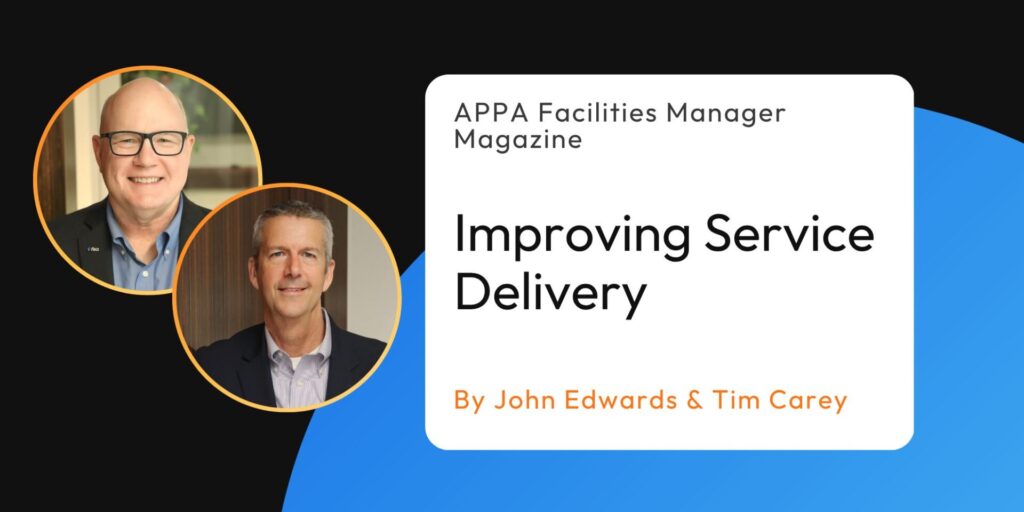Reflecting on Laurie Gilmer’s “Two Essential Resources All Facility Managers Should Know”
Facility management has long been known as the “fall-in profession.” Few people set out to become facility managers — they arrive through other paths, driven by a shared ability to solve problems and keep operations running smoothly. In her recent Facility Maintenance Decisions article, Laurie Gilmer explores facility management tools and how this diverse and ever-evolving field can stay organized, consistent, and effective as the scope of responsibilities continues to grow.
Finding Common Ground in a Complex Profession
As Laurie points out, today’s facility managers juggle more than just maintenance and repairs. They oversee capital planning, sustainability, compliance, workforce safety, and long-term resilience — often across multiple locations and systems. With such complexity, the need for shared standards and reliable resources has never been greater. Two of the most valuable facility management tools helping FMs navigate this landscape are the ISO 41000 Facility Management Standards and the High Performance Buildings Guide.
The ISO 41000 standards provide an international framework that helps organizations align facilities operations with broader organizational goals. These standards, developed collaboratively by professionals from 53 countries, establish consistency, safety, and accountability in how facility services are delivered. The upcoming update to ISO 41001, expected in late 2025 or early 2026, will further reflect modern trends — including sustainability, people-focused design, and alignment with other ISO management systems.
FEA’s Maureen Roskoski is Chair of the U.S. Technical Advisory Group (U.S. TAG) to the International Organization for Standardization (ISO) Technical Committee (TC) 267 on Facility Management.
High Performance, Practical Knowledge
The second resource Laurie highlights, the High Performance Buildings Guide, offers practical, easy-to-use knowledge for managers at all levels. Originally developed by the U.S. General Services Administration (GSA) and now managed by the National Institute of Building Sciences (NIBS), the guide goes beyond traditional efficiency measures. It covers everything from energy and water use to occupant health, waste management, and lifecycle costs — even offering 3D building visualizations and comparisons of different systems and materials.
As Laurie notes, this guide isn’t just about improving buildings; it’s about empowering the people who manage them. Whether you’re exploring net-zero strategies, understanding HVAC systems, or aligning procurement with sustainability goals, the High Performance Buildings Guide delivers actionable insights that make facility management more strategic and effective.
Advancing the Profession
Laurie’s message underscores a key point: facility management is both technical and human. The systems, standards, and structures matter — but so does the ability to connect people, processes, and purpose. Tools like the ISO 41000 standards and the High Performance Buildings Guide give managers a foundation for consistency and continuous improvement, helping them move from reactive maintenance to proactive, strategic leadership.
As the field continues to evolve, these resources will remain essential for building performance, organizational alignment, and professional growth — ensuring facility managers have the tools and knowledge to meet the challenges of tomorrow.




